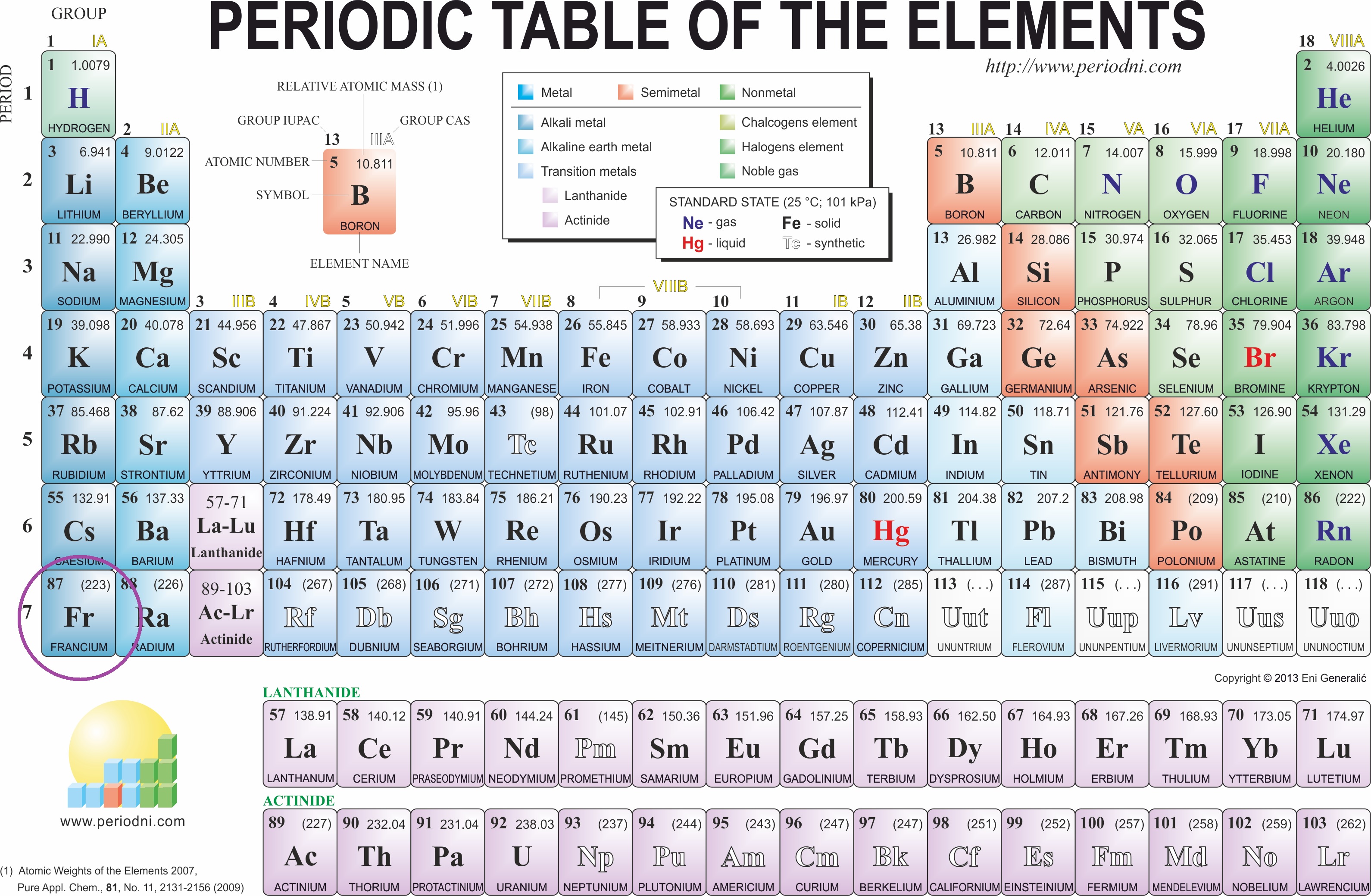

Okay, so here I've written oxygen two minus fluorine minus one, sodium plus one and magnesium plus two.
#ATOMIC RADIUS PERIODIC TABLE SERIES#
So one other concept that might come up when you're thinking about atomic and ionic radii, might be this definition of an isoelectronic series and so that's when a group of ions containing the same number of electrons are being compared. So if we take a group one element, say we're comparing cesium plus and sodium plus, cesium is going to have a larger ionic radius than does sodium. So ions with the same charge their size increases going down a column. So fluorine with no charge is going to be smaller than fluorine with a negative charge. So the opposite is true of anions right, because with an anion you're adding in a negative charge, so then anions will be larger than their parent atoms. So sodium with no charge is going to be larger than sodium plus ion. So cations tend to be smaller than their parent atoms. So you can have the formation of a cation, right? So the removal of an electron and that will create space because it reduces electron-electron repulsions within the ion. So then the size depends on the number of electrons it possesses and where those electrons reside, so in which valence shell. One of them is going to be positively charged or a cation, one of them will be negatively charged and an anion. Alright so if I'm saying an ionic compound I'm saying you've at least two species. So, similar to the atomic radii, this is the radii of ions and that's based on the distances between the ions and the ionic compounds. So as you go down the columns, the atomic radius increases and as you go over to the right, the size of the atomic radius decreases. So as you go this is just a depiction again of the periodic table. So as you go from the left to the right, your atomic radius tends to go down, and this is due to something called the "effective nuclear charge" or "Z effective." So what that means is that as you go to the right hand side of the periodic table, the increase in this nuclear effective nuclear charge, it draws the valence electrons in closer and so the atomic radius goes up. So within each row though, or the period, the atomic radius tends to decrease from left to right. As you go down the columns, your principle quantum number increases, right? So then you have larger orbitals that are further away from the nucleus. So why is that? That's because going down a column, the outer electrons are further from the nucleus. So at the top you have a smaller atomic radius, as you go down the atomic radius gets larger. The atomic radius tends to increase from top to bottom, okay. So, what do I mean when I say atomic radii? So basically within each group, remember groups or families are the columns on the periodic table. So let's start with atomic radii as that's a little bit simpler and then we'll move in to talking about ionic radii. Let's go ahead and talk about some periodic trends that we can gather from the periodic table.


 0 kommentar(er)
0 kommentar(er)
